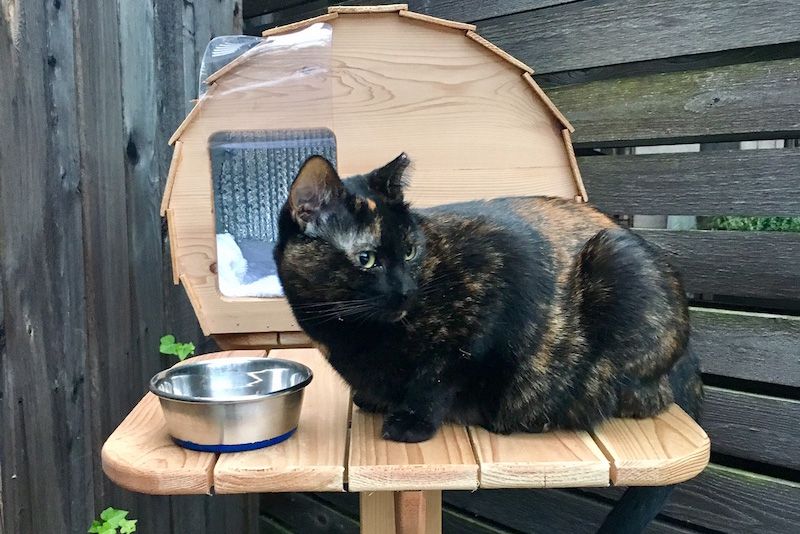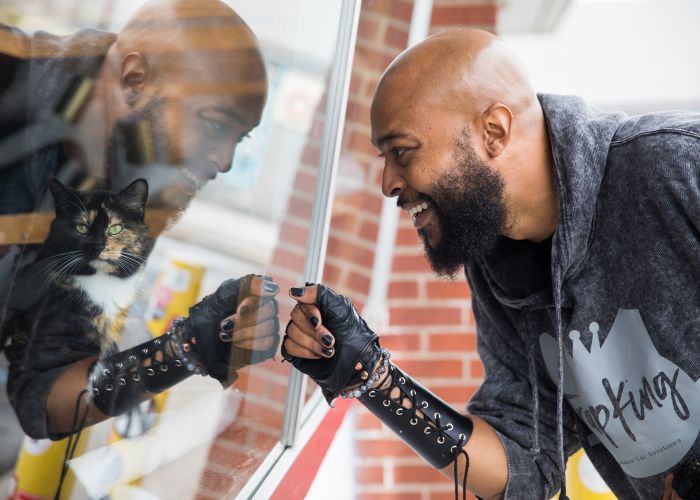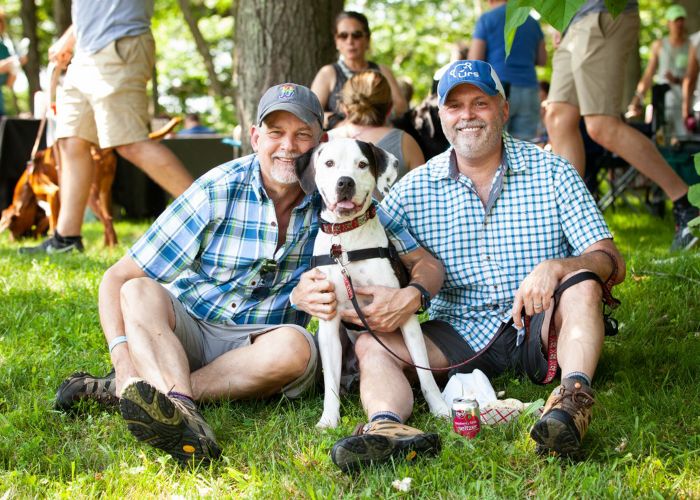Working-class cats
Through an urban relocation program, a D.C. shelter finds places—and jobs—for its last-chance cats
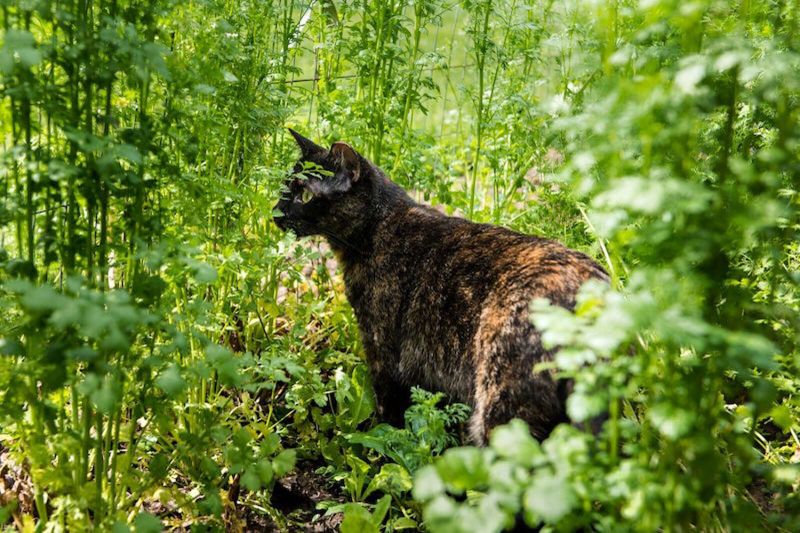
“Enjoy the lovely Dupont Circle fountain amongst our furry city companions,” recommends the reviewer, awarding the “Dupont Circle Rat Sanctuary” five stars on Yelp. The sanctuary is a “wonderful place for 100% organic, free-range rats to frolic in a safe environment without predators,” says another, awarding it four stars, plus the extra-large rodents are “healthy strong riding stock,” a fellow Yelper adds.
Dupont Circle—as you likely already know—is not a rat sanctuary, but a tony neighborhood in Washington, D.C., centered around a traffic circle-cum-park. The imaginary sanctuary is residents’ tongue-in-cheek response to living alongside such bountiful rodents that in 2016, pest control company Orkin named D.C. the third-most rat-filled city in the U.S.
In fact, some reviewers sound less tongue-in-cheek and more desperate: “This is the most appalling thing to have in a prominent place in our nation’s capital!” says one, before suggesting the National Park Service relocate coyotes to the area as a form of pest management.
D.C.’s Humane Rescue Alliance (HRA) offers a more reasonable pest management solution: The shelter’s Blue Collar Cats program, launched in January 2017, pairs specially selected community cats with D.C.-area property owners who aren’t so keen on “healthy strong riding stock” galloping around their businesses and homes. HRA considers it the citified version of a barn cat program, says Lauren Lipsey, vice president of community programs.

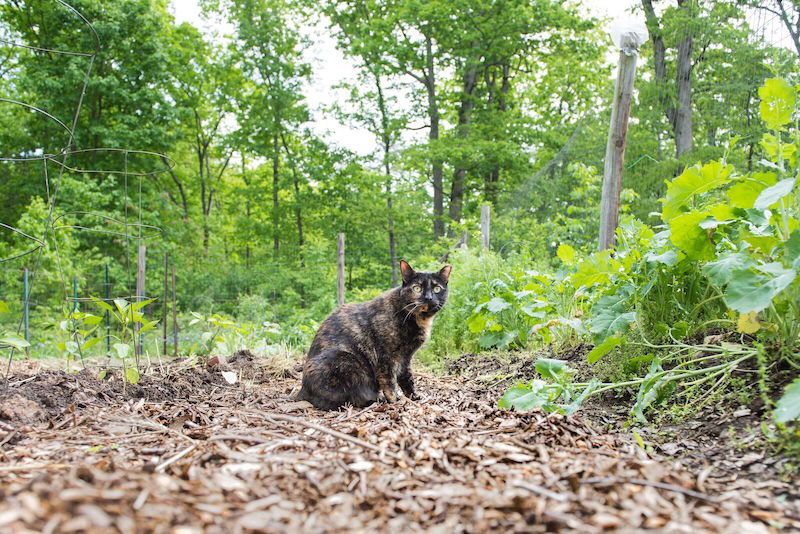
Although D.C. laws support trap-neuter-return (TNR) for managing community cat populations, HRA sometimes has to relocate community cats who can’t be returned to their outdoor homes and aren’t tame enough for its traditional adoption program. "The opportunities for relocation were just never very many,” Lipsey says. “We were bound by this perception that that type of relocation activity for community cats could only occur where there are barns available.”
But when CNN ran a story on community cats living in Chicago breweries, HRA staffers thought of D.C. Reynolds, a bar in Washington’s Petworth neighborhood that already had community cats living on its outdoor patio. The cats had been TNR’d by Erin Robinson, community cats program manager, when she first moved to the neighborhood. “Our guests love them,” bar co-owner Tony Kowaleski says of the four fluffy grey-and-white cats (so fluffy, in fact, that one is named Fluffy).
After confirming with Kowaleski that customers weren’t perturbed by the furry happy hour companions, Lipsey and Robinson felt comfortable pitching the idea to others. Using testimonials from local business owners who care for community cats and pro-bono creative help from RP3 Agency in Bethesda, Maryland, HRA came up with an appealing advertising pitch: “These cats are not house pets. They’re strictly business. And their business is solving your business’ rodent problem.”
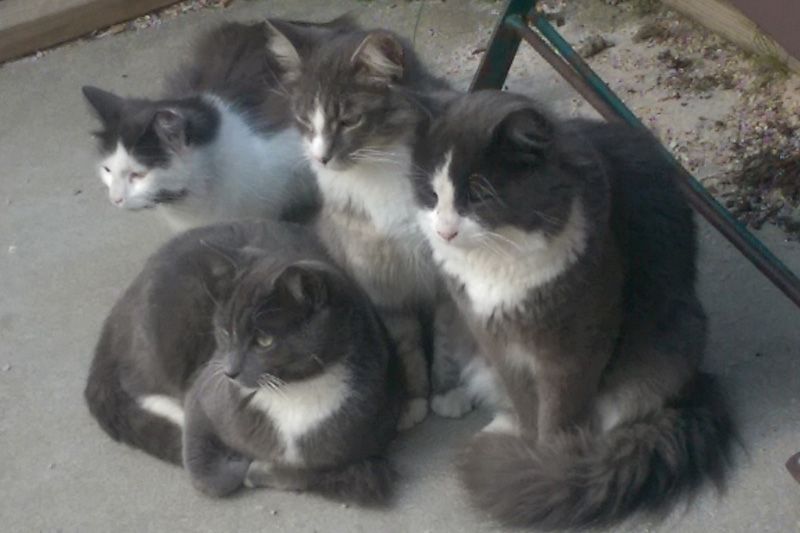
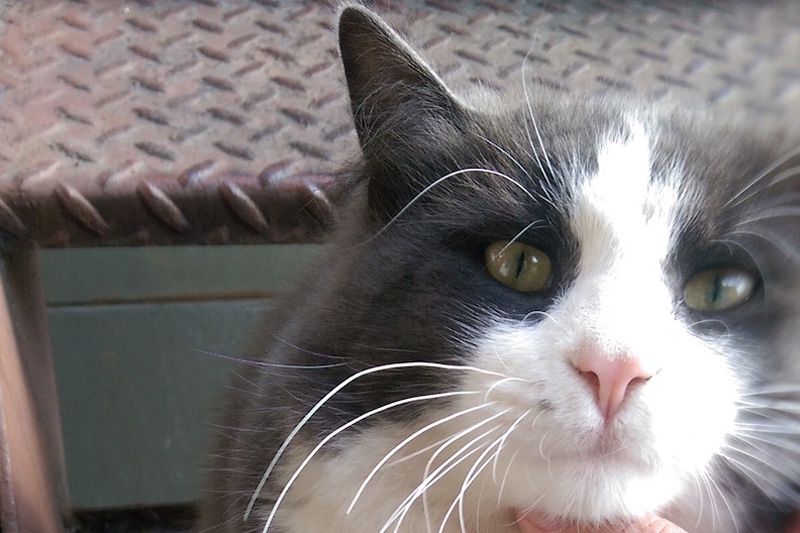
Initially, “we were doing a lot of proactive outreach on our own,” says Robinson, with mixed results: Some businesses already had their own community cats. But when the Blue Collar Cats program was covered by The Washington Post, local blog PoPville and Washingtonian magazine, rodent-plagued people started reaching out themselves through the Blue Collar Cats program website.
Before assigning a new feline employee to those who reach out, Robinson walks through locations and chats with potential “bosses,” advising them on kitty shelters and outdoor litter boxes. If everything checks out, newly hired cats undergo a three-week adjustment period in an acclimation pen to ensure they’ll stay put, and then Robinson follows up over time to ensure cats’ and owners’ performances are up to scratch.
Over the past six months, 20 fixed, microchipped and eartipped cats have been put to work in and around private homes and businesses like restaurants, apartment complexes, breweries, bike shops, theaters, coffee shops, hardware stores and offices in the D.C. area. (HRA only places cats with property owners, meaning Dupont Circle, a public space, is still a cat-free rat sanctuary). Owners provide food, water and shelter for the aloof animals, whose presence is sometimes known only by the bald-tailed “gifts” they leave their new bosses.
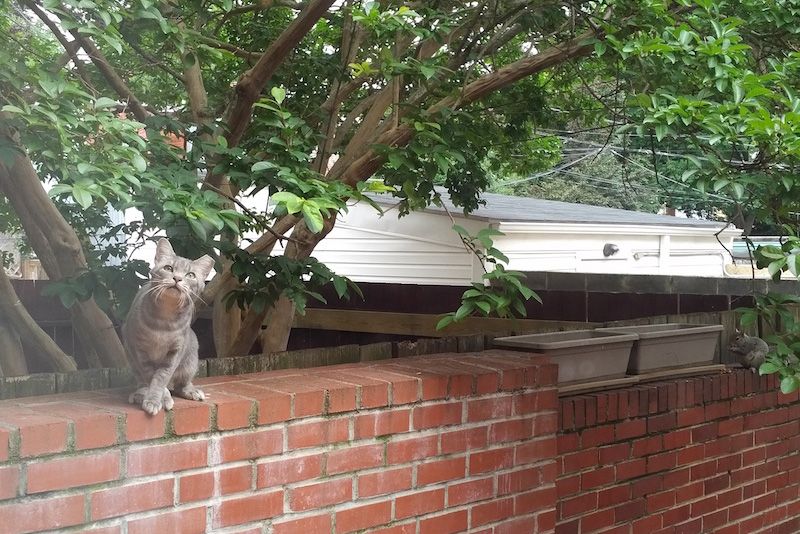
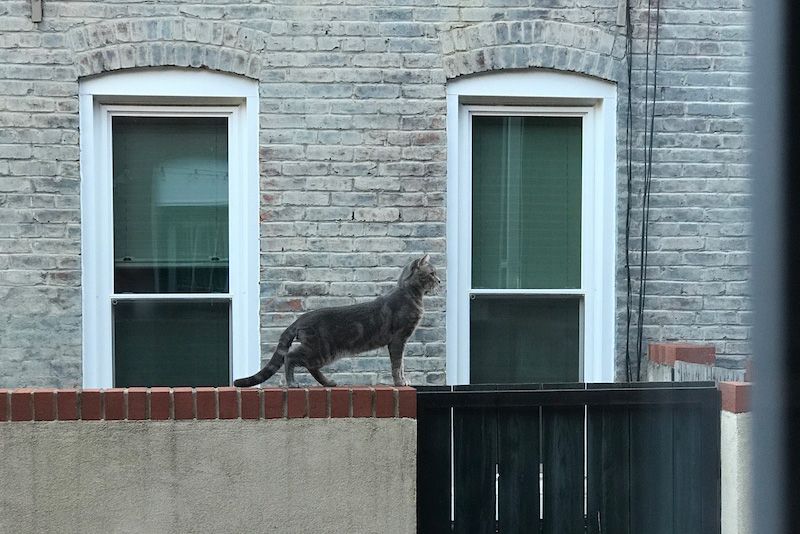
If you have some sympathy for the rats and mice, don’t despair: After the cats perform, ahem, a few blood sacrifices, the rodents generally know better than to frequent the area again. By and large, the feral felines serve as deterrent, not enforcement.
Although the job may seem like a plum position, it’s actually a last resort for cats who don’t have any other options, says Lipsey; staffers look to TNR or adoption first and foremost. A typical cat selected for Blue Collar Cats was brought to the shelter as a stray, has likely lived outside his whole life, is indifferent or averse to humans and can’t be returned to his community—whether it’s because of reported animal abuse in the area, because his territory is under development or because he came into the shelter half-starved, indicating that food is scarce in the area.
To rule out adoption, the HRA behavioral team tries several tactics on scaredy cats, including classical conditioning, confidence building and housing them in different environments, like larger cat rooms or staffers’ offices, says Robinson. Only when it’s clear that the cats scorn the great indoors and humans alike do staffers turn to the Blue Collar Cats program.

Funnily enough, three of the cats’ personalities have miraculously transformed once outside on the job. “As soon as they get out of the shelter environment and into an outdoor environment, their personality just changes completely, and so it’s very clear to us that that’s what they needed,” says Robinson. “They needed to not be inside—they really hated it—and they become attention-seeking and social.”
“We could use a few more feral cats down here on the Canal,” says John Uhar, who owns a real estate agency on Canal Street in D.C.’s Georgetown neighborhood, where he also lives. He cares for his own Blue Collar cat, Taz, and is hoping to enlist his neighbors in the program. A homeowner who cares for two program cats told Robinson that they started presenting her with gifts after she started feeding them wet food, so she’s buying more as a bribe; other caregivers are proud to be entrusted with the kitties and have purchased “really fancy” heated, outdoor shelters, says Lipsey.
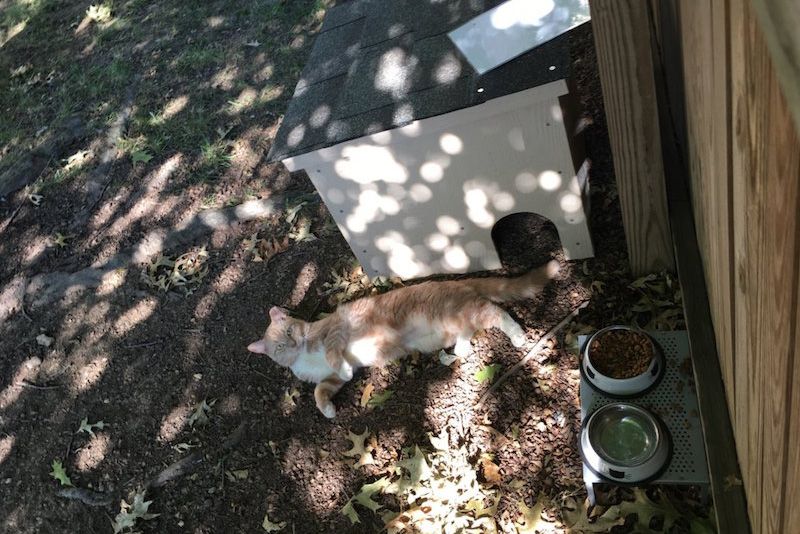
“Even people who are professed non-cat people [or] have never owned cats—it is so fun to watch them or listen to the stories about them loving the experience,” she says. “We are coming at it from a lifesaving perspective, but that’s not always what’s going to sell to the community.”
“We’re getting a lot of positive feedback from their caregivers that [the cats are] doing their jobs,” from seeing less rodents to seeing the cats actually hunt, says Robinson. “People are very, very into the program.”
